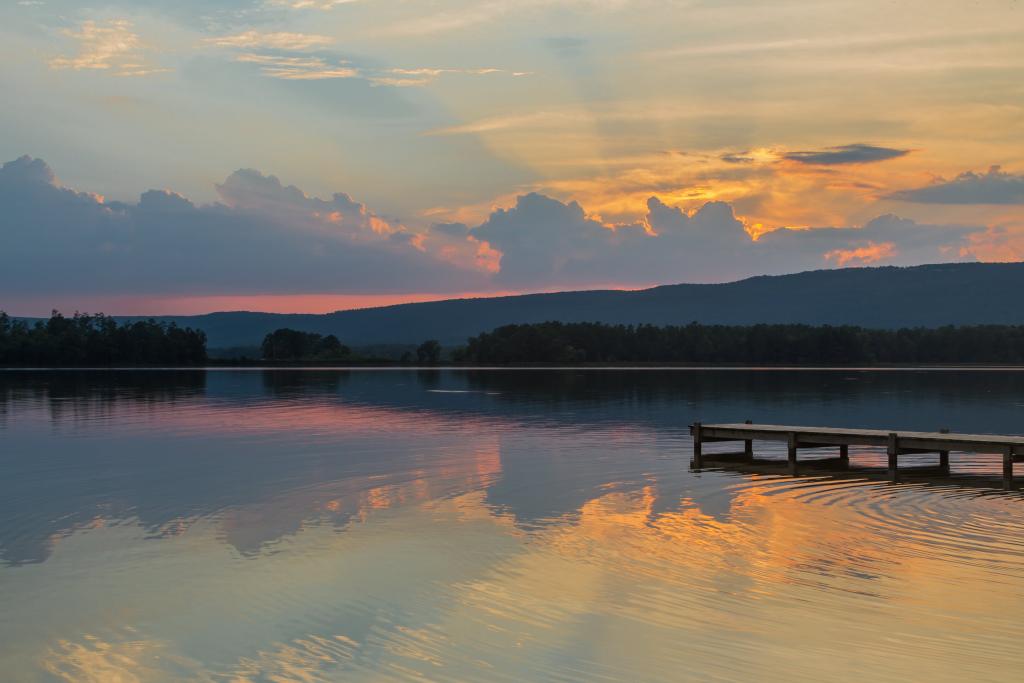Estimated reading time: 7 minutes

In lake homes where views take center stage, interior design often leans toward maximizing space without compromising aesthetics. One overlooked yet highly versatile area is the space beneath the stairs. This is a zone ripe for elegant, high-function design. Whether you’re tucked into the wooded slopes of the Upper East Lake Region or facing the sun-drenched waters of the California coast, smart under-the-stair storage can add purpose and polish to your lake retreat. The key is to avoid generic solutions. Instead, embrace bespoke or semi-custom elements that reflect both regional character and modern sensibilities.
Today’s lake homeowners are looking beyond simple cubbies and closet conversions. They want design-forward ideas that serve specific needs—from wine preservation to multipurpose entertaining. This is especially relevant in regions where seasonal living requires flexibility and efficiency. Examples include the humidity of the Texas Gulf, the chill of the Northern lake regions, or the modern leanings of California and the Pacific Northwest. The following seven ideas reflect a layered approach to under-the-stair design. They bring function, flair, and fresh sophistication to lake homes across the country.
Integrated Wine Storage

In wine-friendly regions like the Pacific Northwest and California, under-the-stair wine storage can serve as both a luxury feature and an aesthetic statement. Modern wine units can feature dual-zone cooling systems, backlit LED displays, and concealed drawers for storing bar tools or glassware. Choose smoked glass doors framed in matte black for a sleek, gallery-like effect. If your lake home has a rustic-modern vibe—typical in the Mid-Atlantic and Northern lake regions—consider pairing white oak shelving with steel wine racks. The key to implementation is moisture control and ventilation. Opt for a climate-controlled insert if humidity is an issue, such as in the Southeast or Texas Gulf. For added versatility, flank the wine section with concealed drawers for serving platters or linens.
Tucked-Away Reading Room

For quiet moments after boating or lakeside entertaining, a built-in reading nook beneath the stairs offers a cozy yet refined escape. This idea is ideal for homes in the wooded Upper East or Northern lake regions. This concept layers comfort with functionality. Upholstered bench seating, sconce lighting, and custom millwork provide a tailored fit. Integrated bookshelves add storage without clutter. In California or Mid-Atlantic homes with more minimalist interiors, floating shelves and neutral-toned cushions can create a cleaner, more contemporary version. Use high-performance indoor-outdoor fabrics for longevity in humid or high-traffic environments. Add built-in charging ports or a hidden drawer beneath the seat for modern convenience.
Makeshift Mudroom
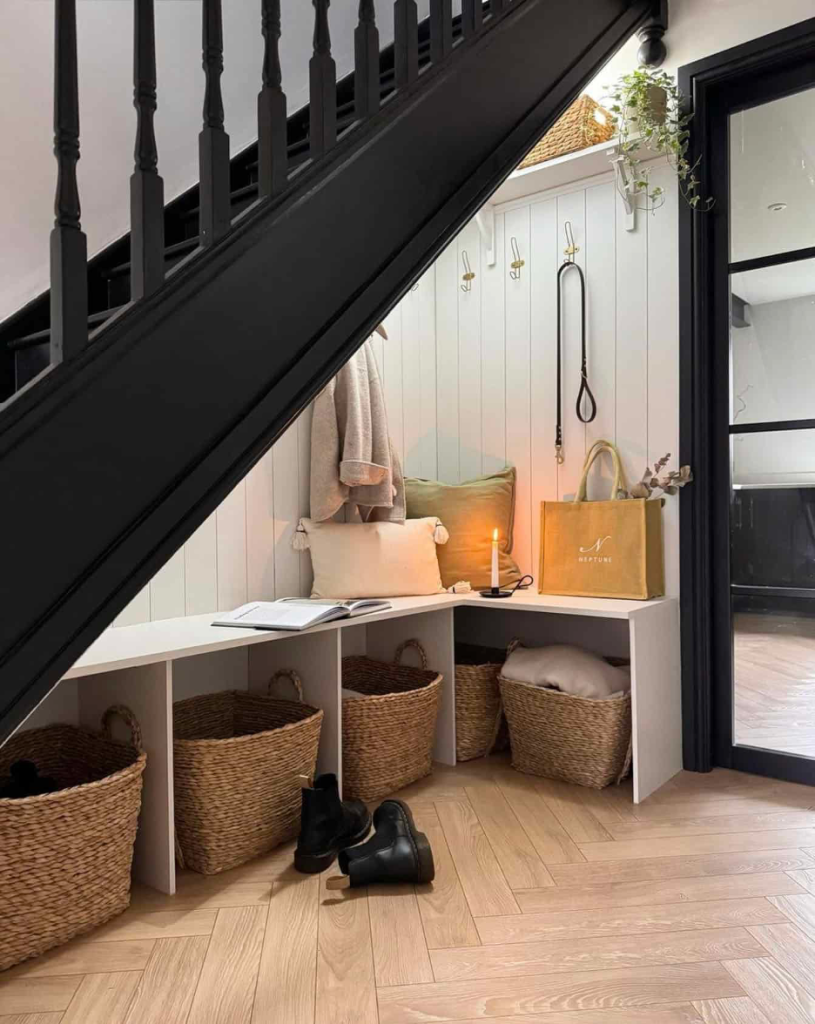
Especially useful in four-season regions like the Upper East, Northern lakes, or Pacific Northwest, a makeshift mudroom under the stairs can help manage the transition between lake life and daily living. Incorporate a wrap-around bench with open cubby storage beneath for shoes or woven baskets. Add upper hooks for coats, dog leashes, life vests, or beach towels. In more humid zones, such as the Southeast or Texas Gulf, use water-resistant materials like composite beadboard, marine-grade cushions, and sealed hardwoods. Paint the built-ins a contrasting neutral, such as slate, olive, or soft black, for a modern touch that keeps clutter contained and style intact.
Work-From-Home and Closet Conversions

Remote work has reshaped how lake homes function, especially in year-round residences throughout the Mid-Atlantic and Pacific Northwest. Under-the-stair space is ideal for a compact home office or extra closet storage, where a built-in desk can be paired with upper cabinets or vertical drawers. Use wood tones that match existing finishes—like walnut or ash—for continuity. In Upper East and Northern lake homes, consider adding a pocket door or curtain to close off the space when not in use. Built-in LED task lighting and cable management systems are essential for usability. Include a lockable file drawer or pull-out printer tray to elevate the space beyond just a surface.
Artistic Edge

Storage can be a bold design statement. In homes with high ceilings and open floor plans—common in modern lake properties from the Pacific Northwest to Northern lakes—a contrasting under-the-stair system creates visual tension and sculptural interest. Use unexpected finishes, such as matte forest green, navy, or terracotta, in combination with natural wood for cabinetry. Add architectural hardware in brushed brass or blackened steel for an art-forward touch. Incorporate modular open shelving to display objects or even rotate seasonal décor. This works exceptionally well in entry areas where first impressions matter. Finish with lighting—spotlights or under-shelf LEDs—to highlight the craftsmanship.
Effortless Entertainment Hub

A stylish under-the-stair bar or butler’s pantry provides a sophisticated entertaining hub that maximizes the use of an otherwise unused nook. In Southeast and California lake homes, consider a compact bar with a quartz or marble countertop, under-counter wine fridge, glassware racks, and a mirrored or tiled backsplash for visual depth. For more traditional lake homes in the Upper East or Mid-Atlantic, use shaker cabinetry with integrated lighting and open shelving for bottles and barware. In Texas Gulf homes, materials should withstand humidity—think sealed wood and moisture-resistant cabinetry. For added elegance, incorporate a sliding pocket door or curtain to conceal the bar when not in use. This feature is handy for hosting lakefront gatherings without the need for a full kitchen setup nearby.
Pamper Your Pets
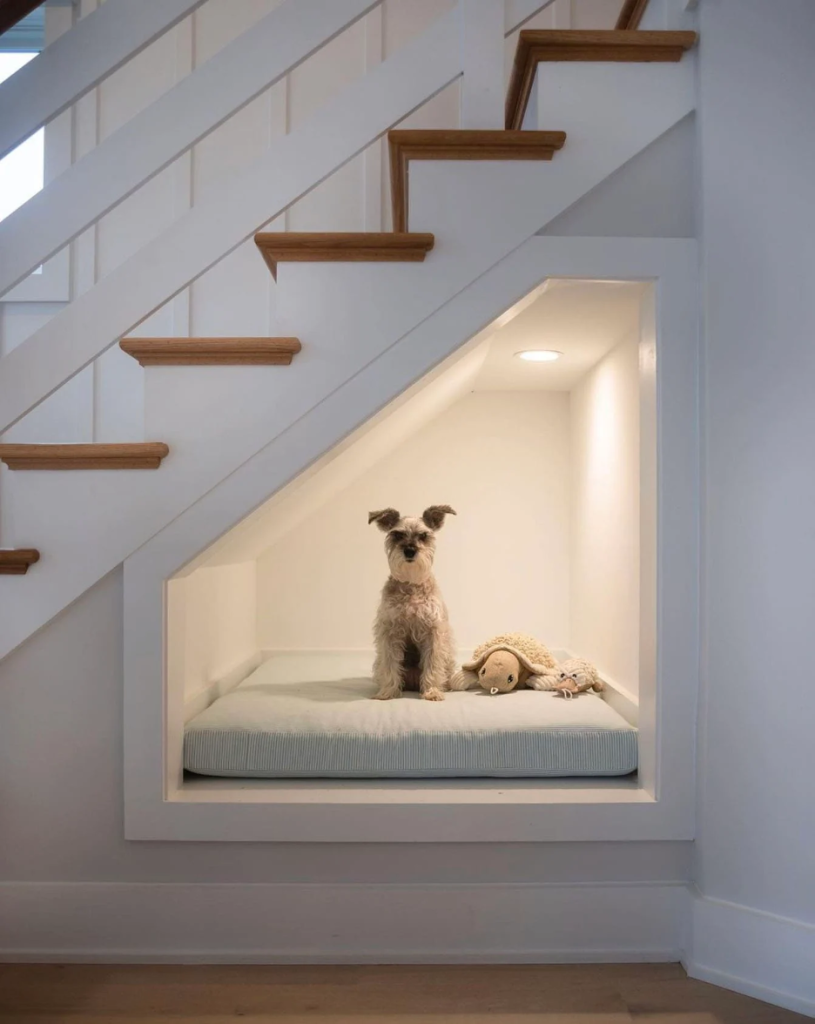
Pet-friendly design is essential for lake homeowners who bring their dogs along for paddleboarding, dockside lounging, or trail hiking. Transform the space under the stairs into a cozy built-in dog bed with thoughtful touches. Use durable indoor-outdoor cushions, washable slipcovers, and marine-grade finishes to handle wet fur and dirty paws. In high-style California or Mid-Atlantic homes, opt for millwork that mimics the surrounding cabinetry for a seamless appearance. In the Texas Gulf and Southeast regions, consider ventilation grilles or louvered doors to keep the area cool. Add upper drawers or side cubbies to store food, toys, or grooming tools. A personalized nameplate or integrated lighting can give the space a polished, custom feel.
Smart under-the-stair design is more than a clever space-saving move—it’s a reflection of how today’s lake homeowners live, entertain, and unwind. Across diverse regions—from fog-kissed Pacific shores to breezy Atlantic inlets and inland lakes framed by forest or farmland—these ideas respond to both architectural context and personal lifestyle. Whether you’re curating a wine collection, creating a hidden office, or designing a multifunctional pantry and bar, under-the-stair storage has evolved far beyond its utilitarian origins. With a thoughtful blend of materials, technology, and regional style cues, lake homeowners can transform this overlooked space into one of the most dynamic and design-forward zones in the entire home.
For more design tips to enhance your lake life, visit Lake Homes Lifestyles.

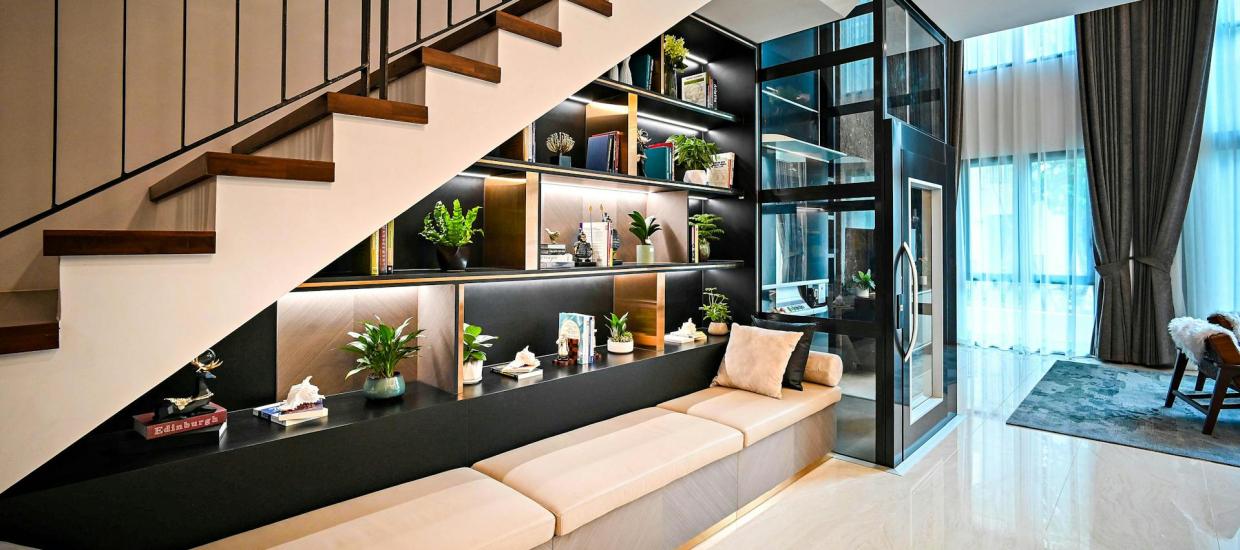
![[MSN] The 46 best lake towns in the US to live in all year round, based on data](https://www.lakehomes.com/info/wp-content/uploads/2025/04/pexels-pixabay-259881-1240x550.jpg)
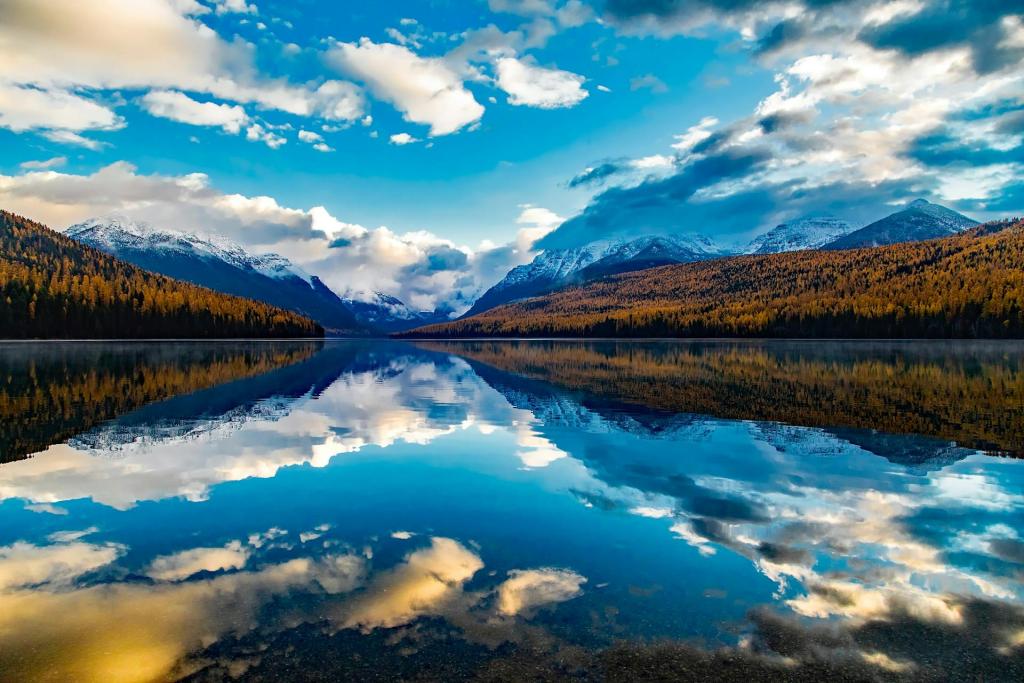
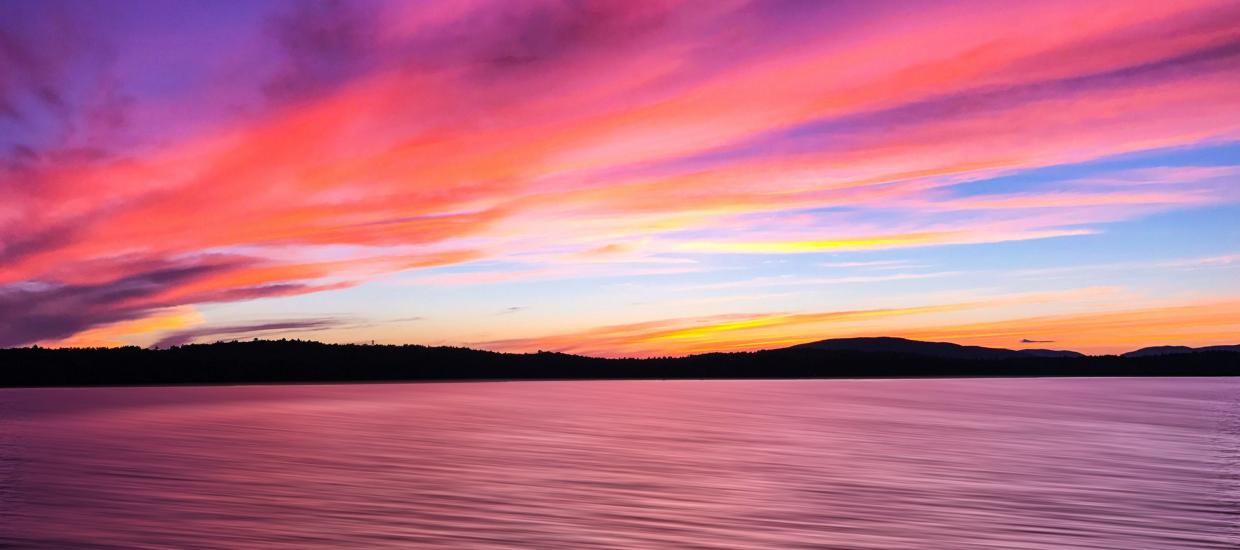
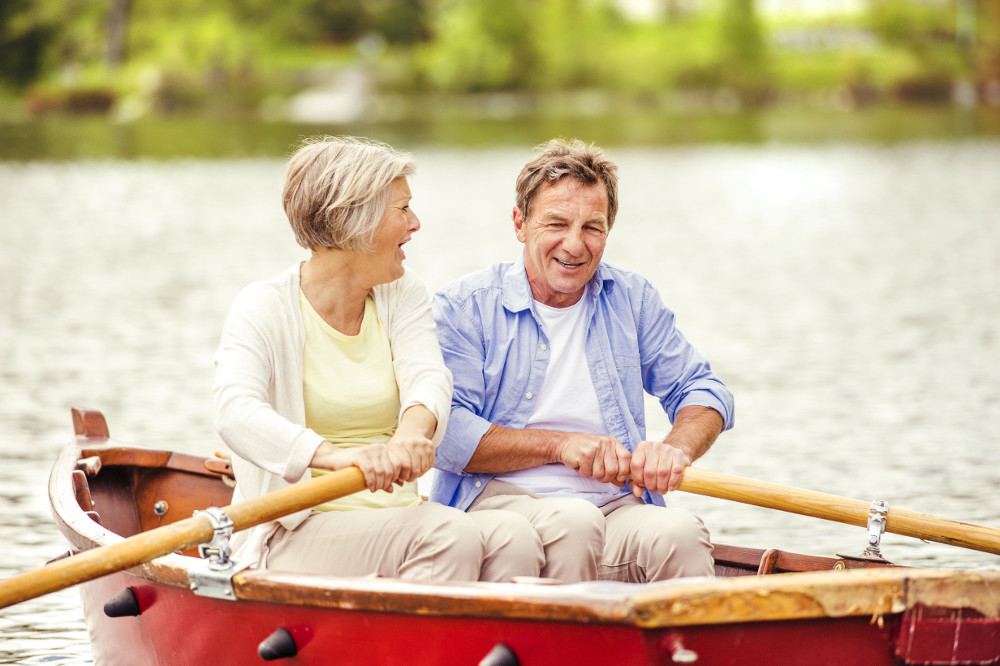
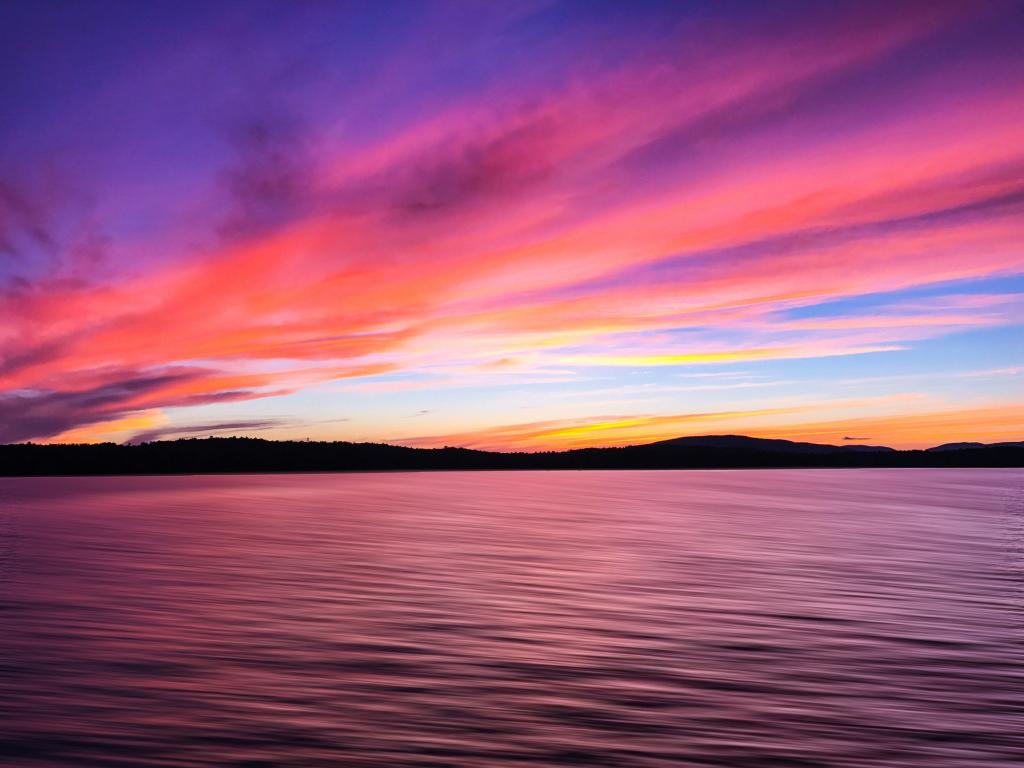
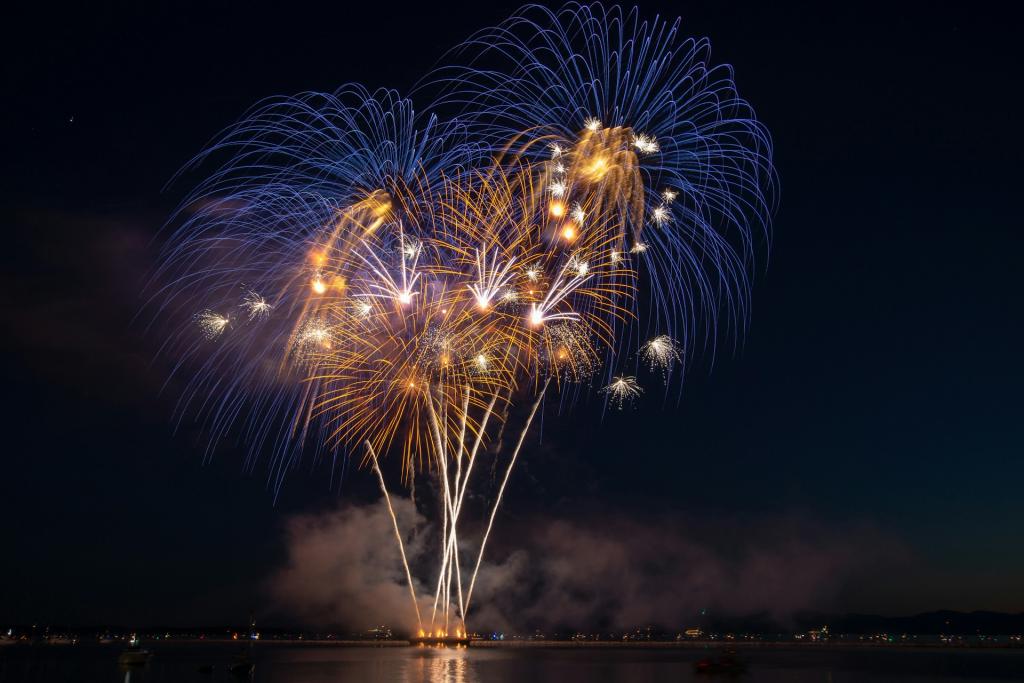
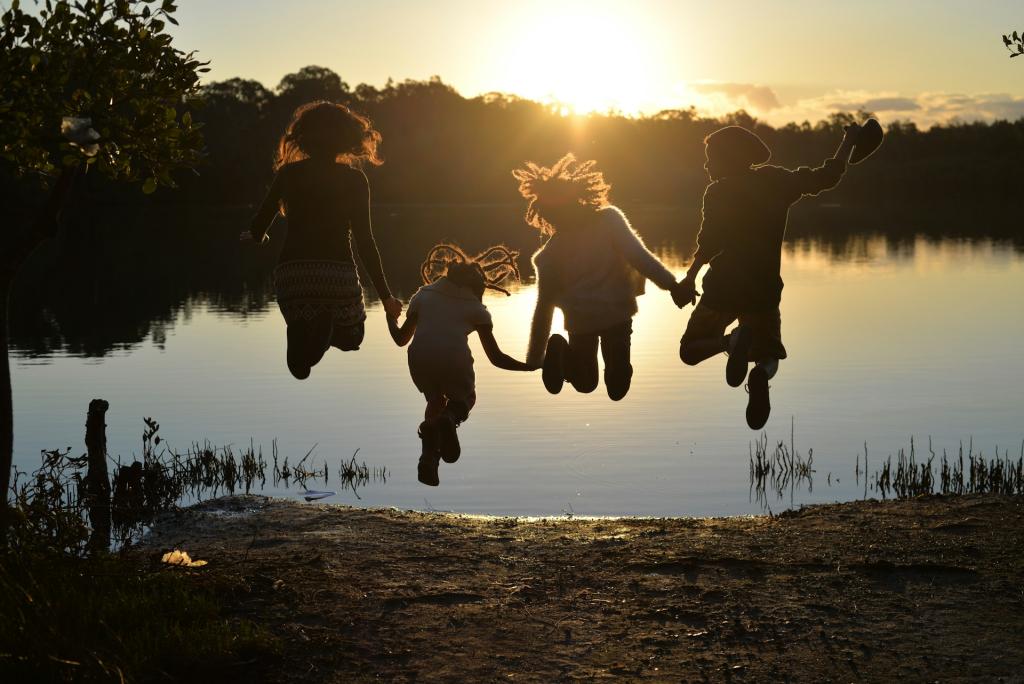
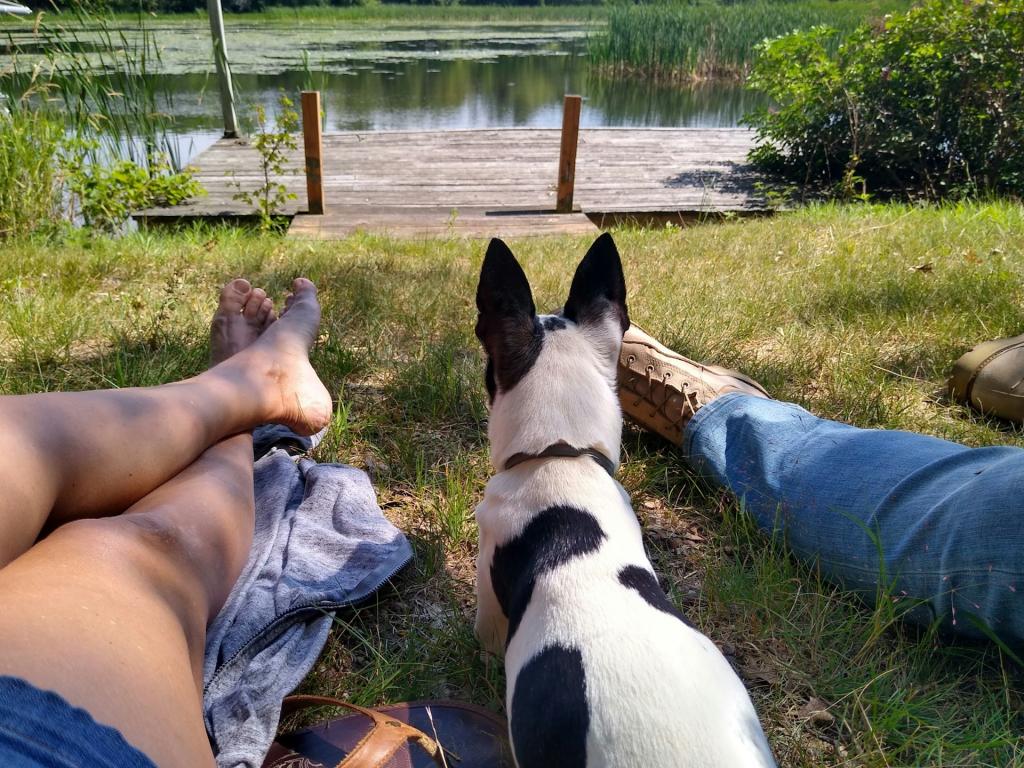
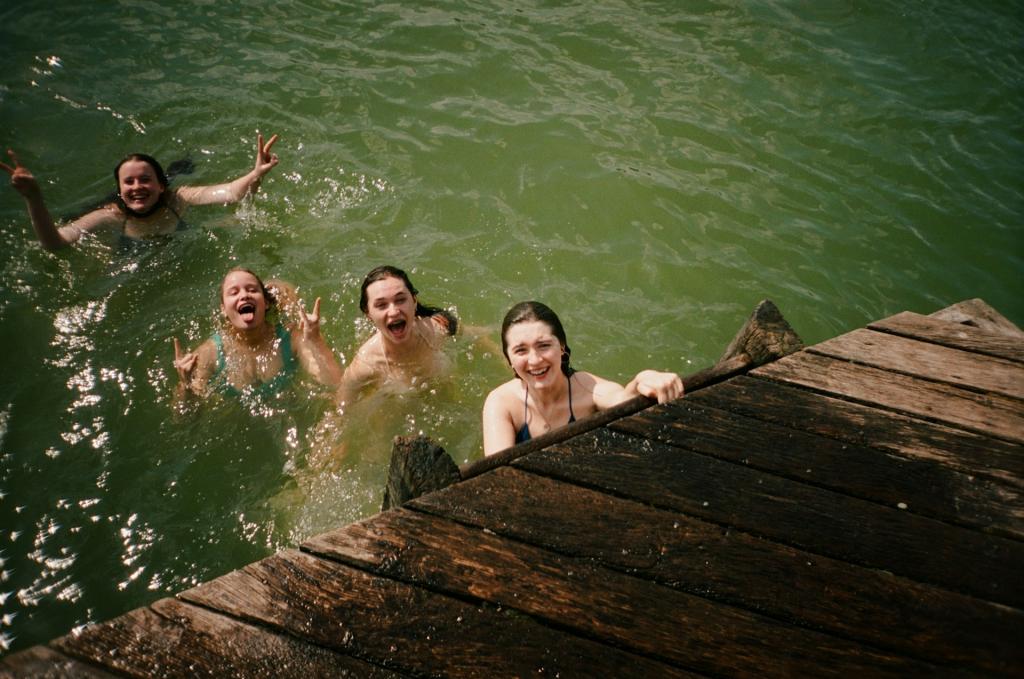

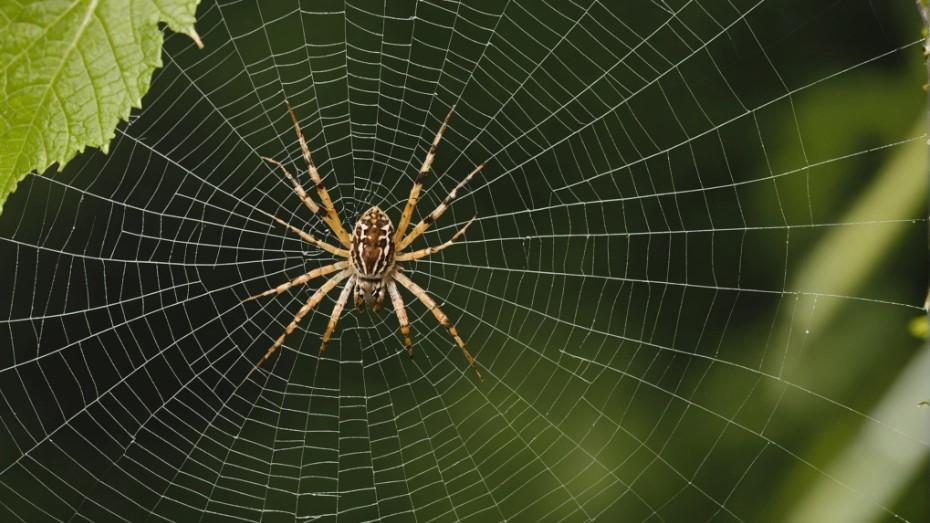




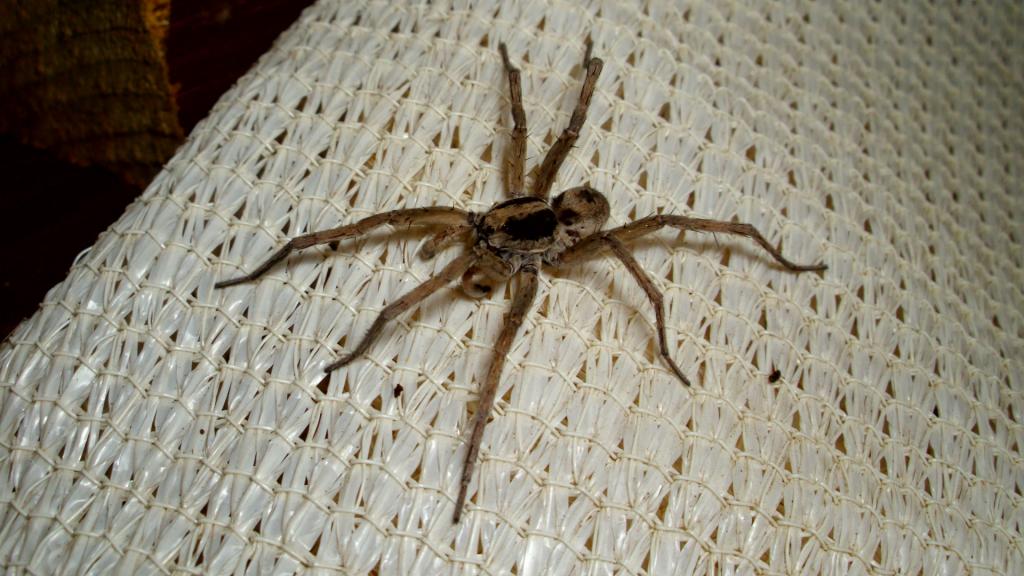
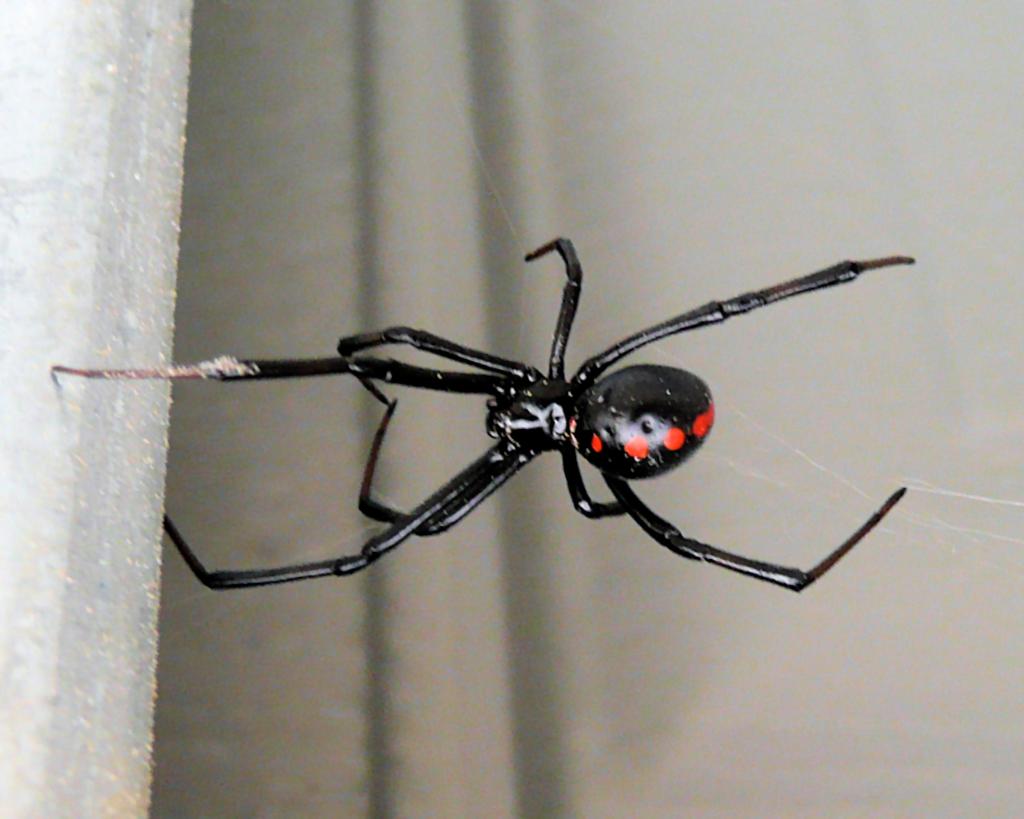
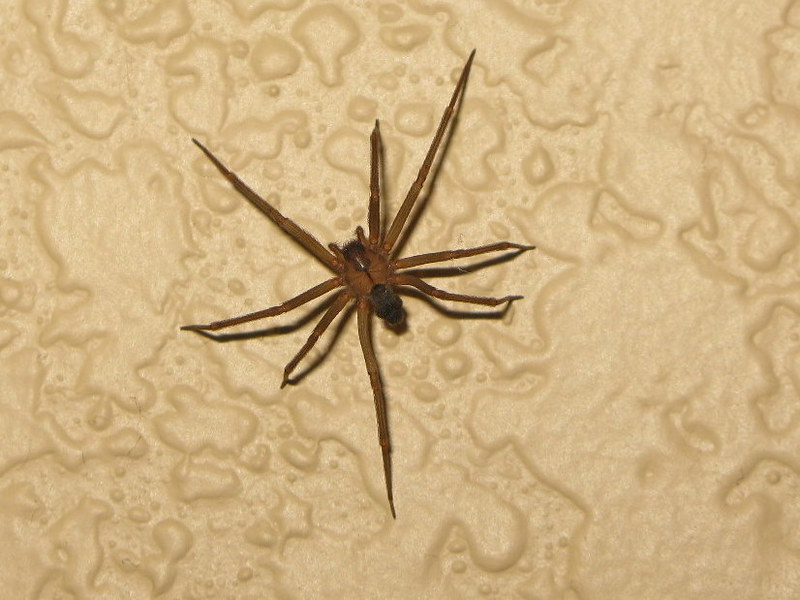

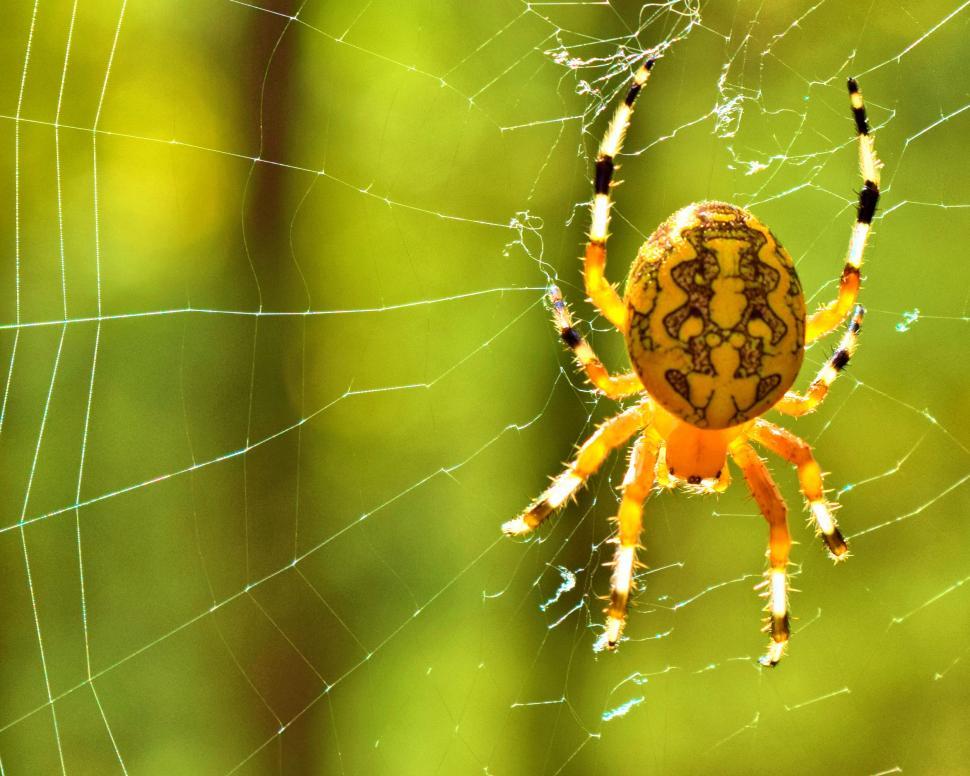
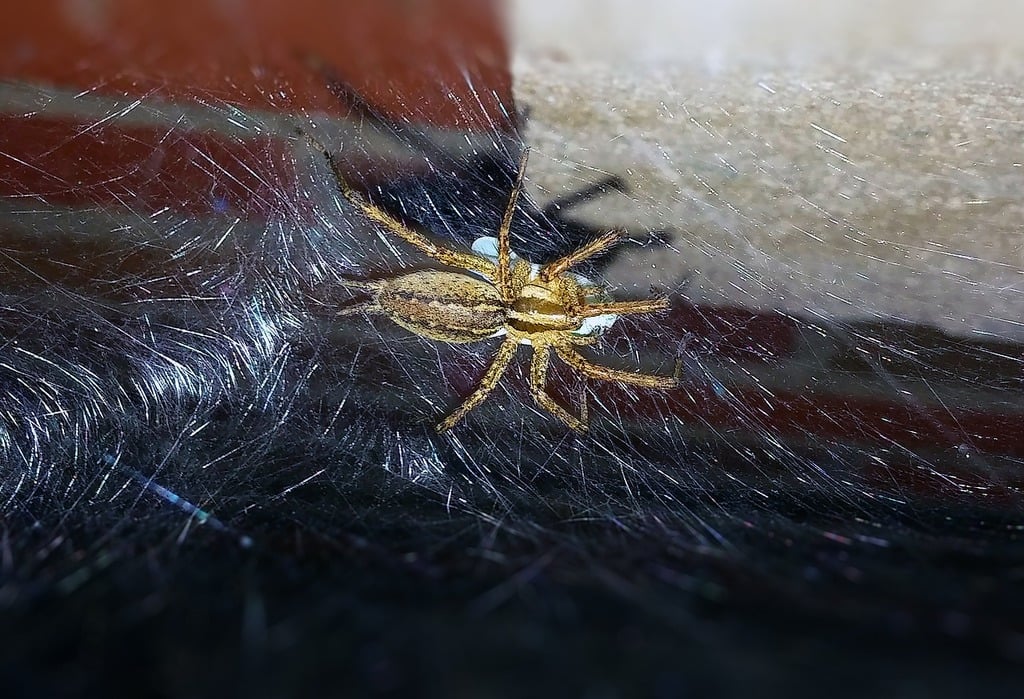

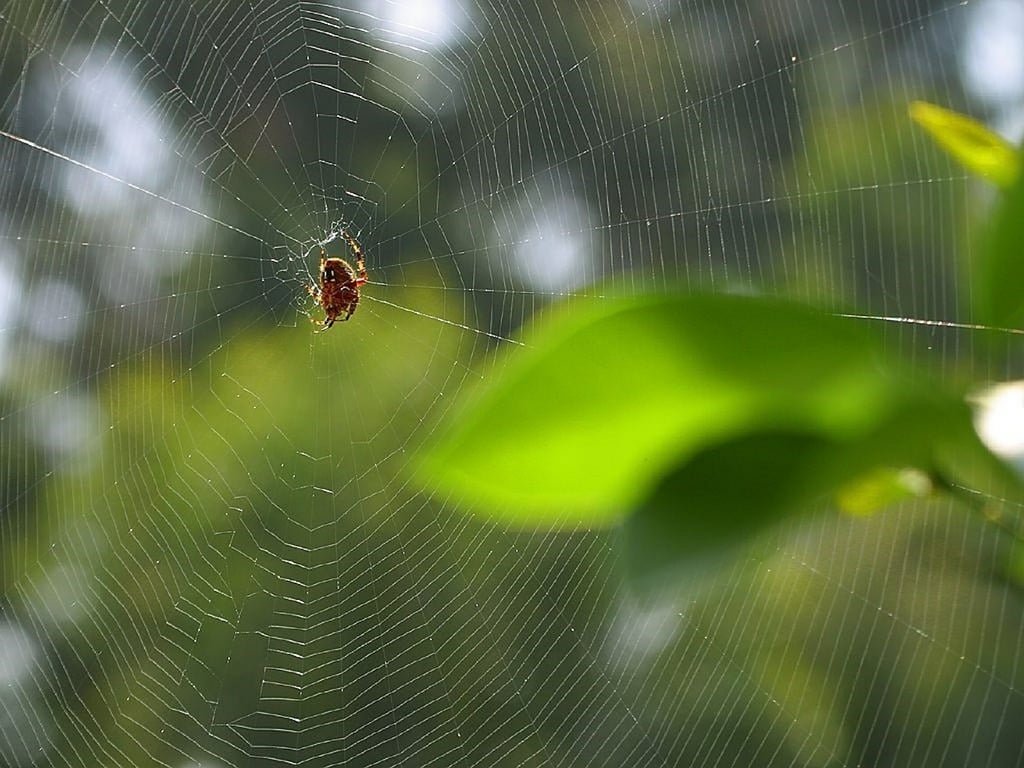
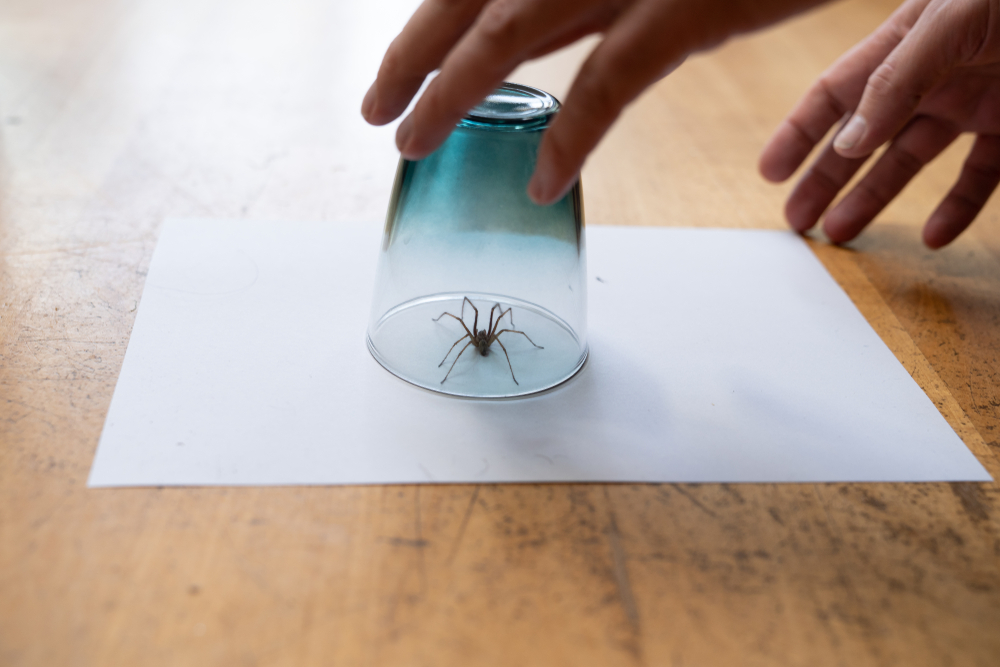
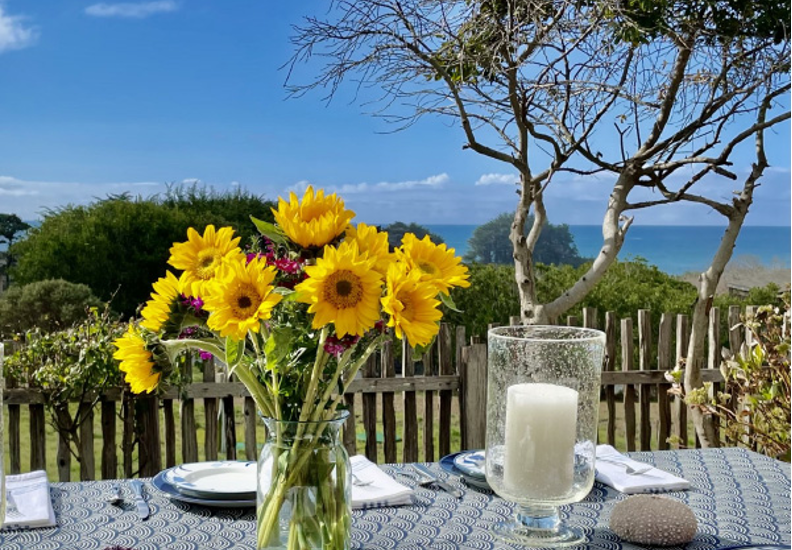





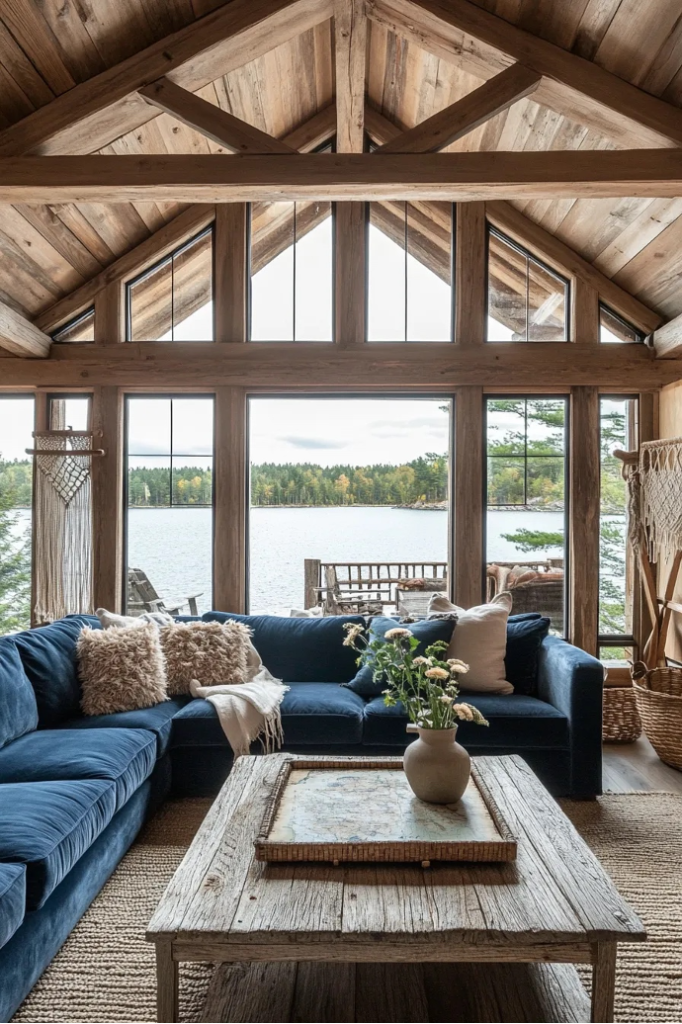


![[Haven Lifestyles] 5 Texas Luxury Residences with Breathtaking Views and Upscale Elegance](https://www.lakehomes.com/info/wp-content/uploads/2025/07/1237-Overlook-Whitney-TX-76692-1240x550.jpeg)
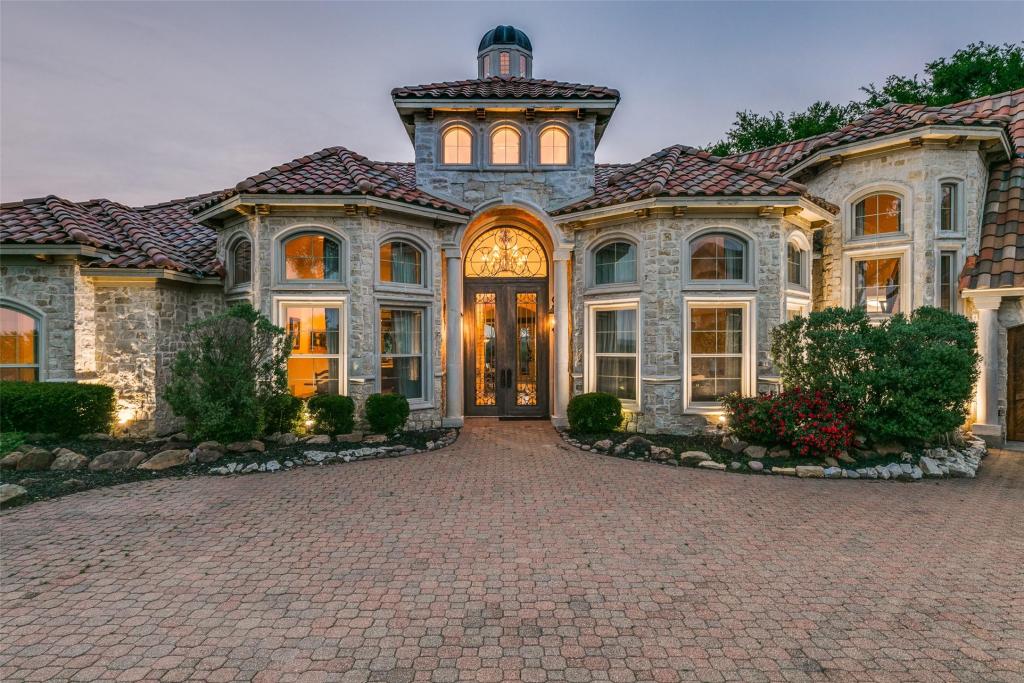

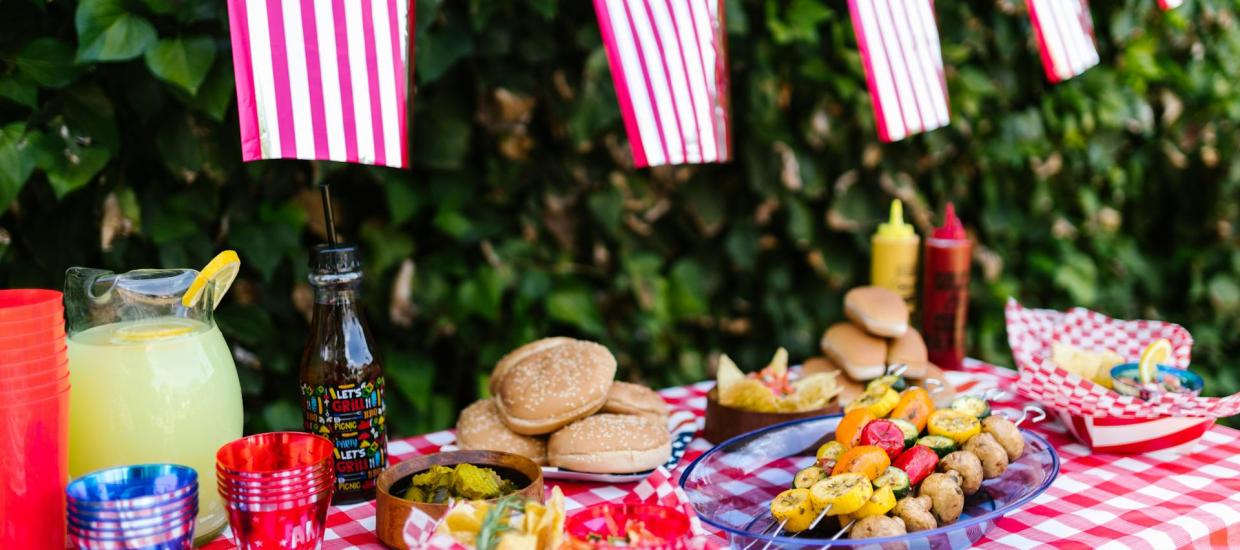








![[Medium] Why You Need a Trusted Real Estate Agent in Cedar Bluff, AL](https://www.lakehomes.com/info/wp-content/uploads/2025/06/shutterstock_1503700331-min-1240x550.jpg)
